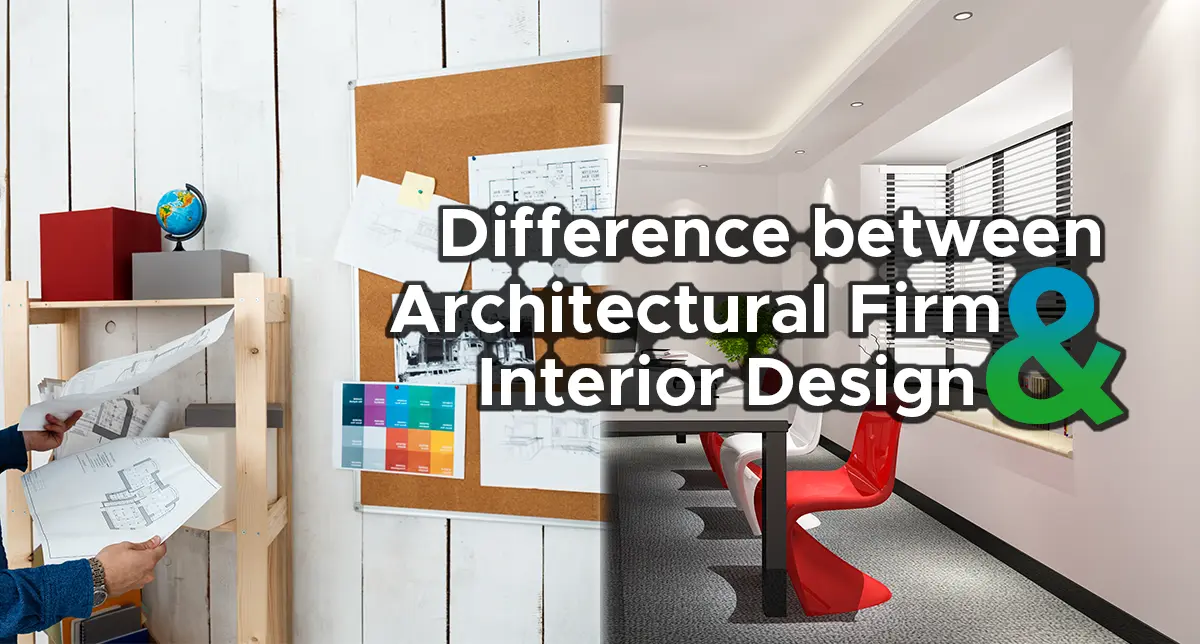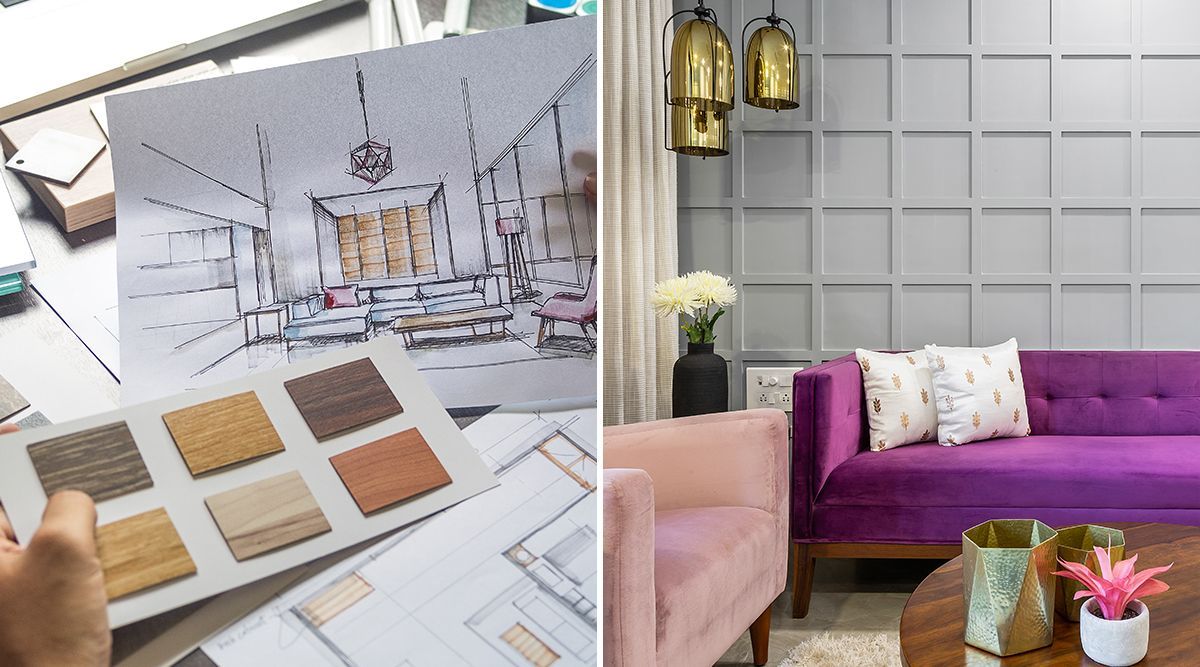Elegant Country Home Design for Modern Living
The Art of Balance: How Interior Design and Home Architect Collaborate for Stunning Results
In the realm of home design, striking a balance between aesthetic appeals and performance is no little feat. This fragile stability is achieved via the harmonious collaboration in between indoor designers and architects, each bringing their unique proficiency to the table. Stay with us as we explore the details of this joint process and its transformative impact on home layout.
Understanding the Core Differences Between Interior Decoration and Home Architecture
While both Interior Design and home design play vital roles in creating cosmetically pleasing and practical rooms, they are naturally different techniques. Home design mostly concentrates on the architectural elements of the home, such as building codes, security regulations, and the physical building and construction of the space. It deals with the 'bones' of the framework, collaborating with spatial measurements, bearing walls, and roofing designs. On the various other hand, Interior Design is a lot more worried with boosting the visual and sensory experience within that structure. It entails selecting and setting up furniture, selecting shade systems, and integrating ornamental aspects. While they operate in tandem, their functions, responsibilities, and areas of knowledge deviate considerably in the production of a harmonious home atmosphere.
The Synergy Between Home Design and Interior Layout
The synergy between home design and Interior Design exists in a common vision of design and the enhancement of practical aesthetic appeals. When these 2 areas straighten harmoniously, they can transform a space from regular to extraordinary. This collaboration needs a deeper understanding of each technique's concepts and the ability to produce a cohesive, visually pleasing setting.
Unifying Design Vision
Combining the vision for home design and Interior Design can develop an unified space that is both useful and aesthetically pleasing. The equilibrium begins with an integrated state of mind; architects and indoor designers team up, each bringing their knowledge. This unison of concepts forms the design vision, a plan that overviews the project. This shared vision is vital for consistency throughout the home, making certain a fluid shift from exterior architecture to interior areas. It promotes a synergistic strategy where architectural components enhance Interior Design components and vice versa. The result is a natural home that reflects the homeowner's taste, way of living, and personality. Hence, unifying the style vision is critical in blending style and Interior Design for stunning results.
Enhancing Useful Looks
Exactly how does the synergy in between home style and indoor style improve practical appearances? Engineers lay the foundation with their architectural layout, making sure that the area is useful and efficient. A designer could design a home with huge windows and high ceilings.
Value of Cooperation in Creating Balanced Spaces
The cooperation between interior designers and engineers is critical in producing well balanced areas. It brings consistency between layout and architecture, providing birth to spaces that are not just cosmetically pleasing however likewise useful. Exploring effective collaborative strategies can supply insights into how this synergy can be properly attained.
Harmonizing Layout and Architecture
Equilibrium, a necessary facet of both Interior Design and style, can only truly be accomplished when these 2 fields work in consistency. This consistency is not merely an aesthetic consideration; it impacts the capability, toughness, and inevitably, the livability of a space. Interior developers and engineers have to understand each other's functions, value their knowledge, and interact efficiently. They must consider the interplay of structural aspects with style, the circulation of spaces, and the impact of light and color. This collaborative process causes a natural, balanced layout where every aspect contributes and has a purpose to the overall aesthetic. Therefore, integrating layout and design is not practically developing gorgeous spaces, but about crafting spaces that work seamlessly for their inhabitants.
Effective Collaborative Approaches

Instance Studies: Effective Combination of Design and Style
Taking a look at several situation studies, it comes to be obvious just how the successful assimilation of Interior Design and style can transform a room. The Glass Residence in Connecticut, renowned for its minimalistic elegance, is one such instance. Architect Philip Johnson and indoor developer Mies van der Rohe worked together to develop a harmonious equilibrium in between the structure and the inside, causing a seamless circulation from the outside landscape to the inner living quarters. One more prototype is the Fallingwater Residence in Pennsylvania. Architect Frank Lloyd Wright and indoor developer Edgar why not try this out Kaufmann Jr.'s collaborative efforts bring about a stunningly one-of-a-kind house that blends with its natural environments. These case research studies highlight the extensive impact of a successful style and style collaboration.

Getting Rid Of Difficulties in Layout and Design Collaboration
Regardless of the undeniable advantages of a successful cooperation between Interior Design and design, it is not without its challenges. Interaction concerns can arise, as both events may utilize various terminologies, understandings, and strategies in their job. This can result in misconceptions and hold-ups in project completion. An additional significant challenge is the balancing act of visual appeals and capability. Architects may focus on structural integrity and safety and security, while developers concentrate on comfort and design. The combination of these purposes can be complex. In addition, budget and timeline restrictions often add stress, possibly creating rifts in the partnership. Reliable interaction, mutual understanding, and compromise are essential to get rid of these difficulties and attain a unified and effective cooperation.

Future Patterns: The Evolving Connection In Between Home Architects and Interior Designers
As the globe of home layout remains to progress, so does the relationship between architects and indoor designers. The pattern leans in the direction of a more incorporated and hop over to here joint strategy, breaking devoid of typical functions. Engineers are no longer entirely concentrated on architectural integrity, however likewise participate in boosting aesthetic appeal - Winchester architect. On the other hand, indoor developers are embracing technical elements, affecting total format and capability. This evolving symbiosis is driven by improvements in innovation and the expanding need for spaces that are not only visually pleasing however lasting and additionally sensible. The future assures an extra natural, cutting-edge, and flexible strategy to home layout, as developers and engineers remain to obscure the lines, promoting a connection that genuinely personifies the art of equilibrium.
Final thought
The art of balance in home layout is accomplished via the harmonious cooperation between indoor developers and designers. Regardless of challenges, this collaboration fosters growth and technology in design.
While both indoor design and home design play essential functions in developing aesthetically pleasing and practical rooms, they are inherently different techniques.The harmony between home style and indoor style exists in a shared vision of design and the improvement of useful appearances.Combining the vision for home design and indoor design can click reference produce a harmonious living room that is both practical and cosmetically pleasing. Thus, unifying the style vision is critical in blending architecture and interior design for sensational outcomes.
Exactly how does the synergy between home architecture and interior style improve practical aesthetics? (Winchester architect)